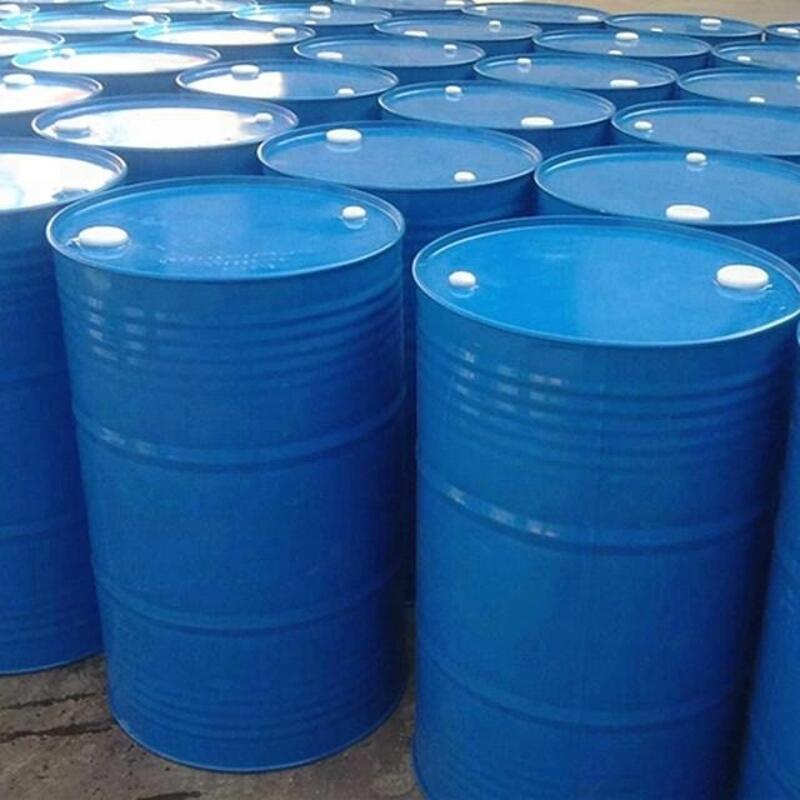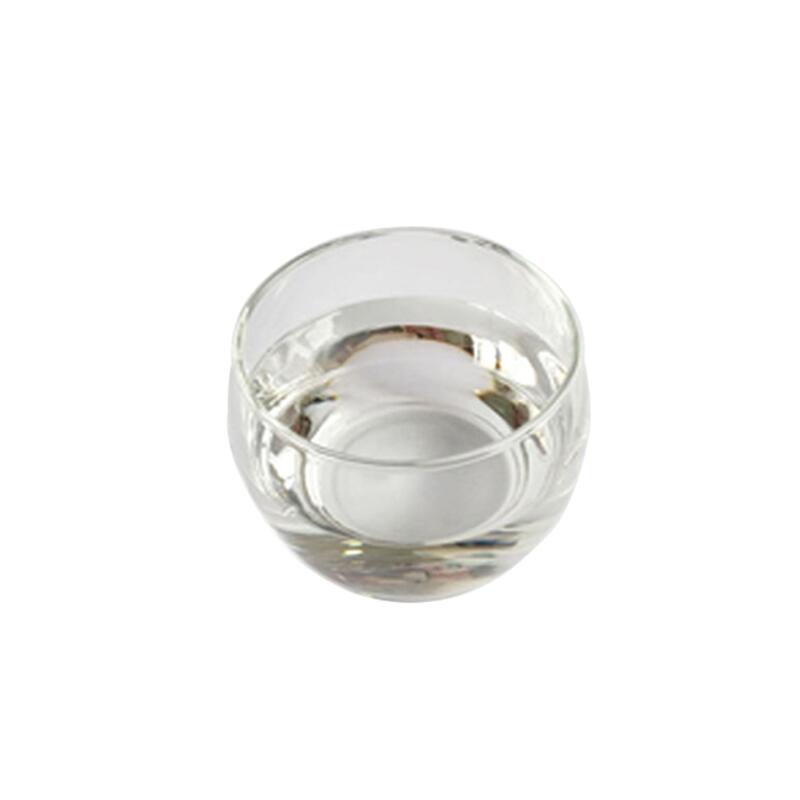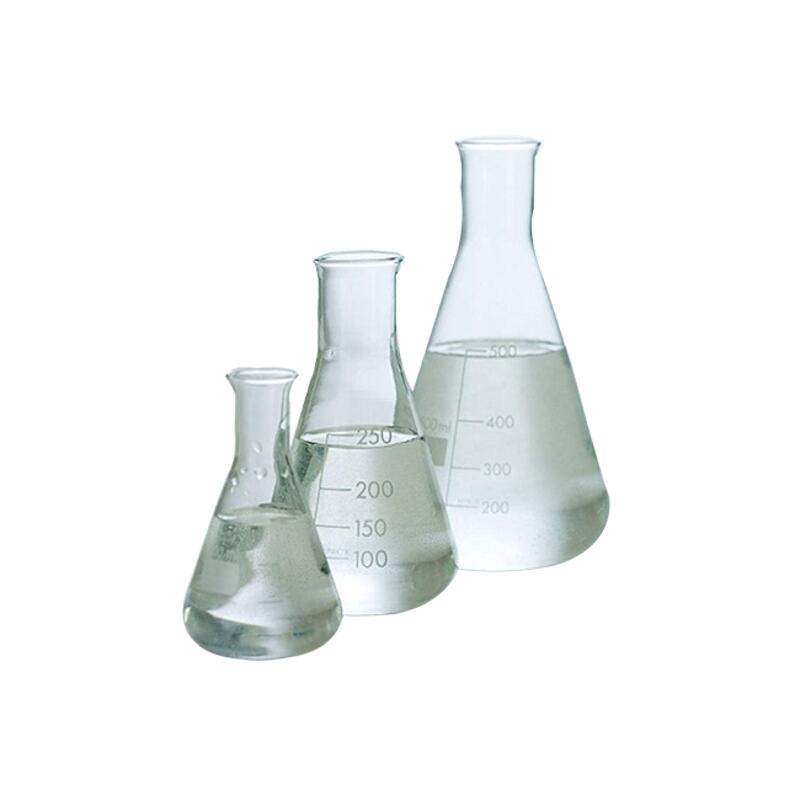-
Categories
-
Pharmaceutical Intermediates
-
Active Pharmaceutical Ingredients
-
Food Additives
- Industrial Coatings
- Agrochemicals
- Dyes and Pigments
- Surfactant
- Flavors and Fragrances
- Chemical Reagents
- Catalyst and Auxiliary
- Natural Products
- Inorganic Chemistry
-
Organic Chemistry
-
Biochemical Engineering
- Analytical Chemistry
-
Cosmetic Ingredient
- Water Treatment Chemical
-
Pharmaceutical Intermediates
Promotion
ECHEMI Mall
Wholesale
Weekly Price
Exhibition
News
-
Trade Service
D-Glucopyranose, oligomeric, C8-16-alkyl glycosides are an important class of compounds widely used in the chemical industry.
They are commonly used as intermediate products in the production of various chemicals, drugs, and other products.
This article will discuss the chemical structure and properties of D-glucopyranose, oligomeric, C8-16-alkyl glycosides, their uses in the chemical industry and some recent developments in this area.
D-Glucopyranose, oligomeric, C8-16-alkyl glycosides are carbohydrates that are derived from glucose.
They are composed of a sugar ring with a hydroxyl group attached to a carbon atom.
The sugar ring is bonded to an oligomeric chain of carbon and hydrogen atoms, which is bonded to one or more alkyl groups.
The oligomeric chain is typically made up of 8 to 16 carbon atoms.
The alkyl group is typically made up of 1 to 16 carbon atoms and is bonded to the ring at a position known as the anomeric position.
This position is important as it determines the mode of bonding of the alkyl group to the ring.
The chemical structure of D-glucopyranose, oligomeric, C8-16-alkyl glycosides makes them quite versatile.
They can be used as intermediate products in the production of various chemicals and drugs.
For example, they can be converted into other carbohydrates, such as amino sugars and saccharides.
They can also be converted into other chemicals, such as ethanol and lactic acid.
D-glucopyranose, oligomeric, C8-16-alkyl glycosides have a number of uses in the chemical industry.
They are used as intermediate products in the production of various chemicals and drugs.
They are also used as surfactants and thickeners in various products, such as cosmetics and personal care products.
They are also used as food additives and as sources of energy for certain types of bacteria.
There have been some recent developments in the use of D-glucopyranose, oligomeric, C8-16-alkyl glycosides in the chemical industry.
One of the most notable is the use of these compounds as raw materials for the production of bio-based chemicals.
Bio-based chemicals are chemicals that are produced from renewable resources, such as plants and agricultural waste.
D-glucopyranose, oligomeric, C8-16-alkyl glycosides can be used as starting materials for the production of these chemicals, which can be used as alternatives to traditional petrochemical-based products.
Another recent development is the use of D-glucopyranose, oligomeric, C8-16-alkyl glycosides in the field of nanotechnology.
These compounds can be used as building blocks for the production of nanoscale materials.
These materials have a wide range of potential applications, such as in the production of new materials, medical devices, and electronic components.
In conclusion, D-glucopyranose, oligomeric, C8-16-alkyl glycosides are an important class of compounds widely used in the chemical industry.
They are used as intermediate products in the production of various chemicals, drugs, and other products.
They are also used as surfactants and thickeners in various products, such as cosmetics and personal care products.
They have been used in the production of bio-based chemicals, which can be used as alternatives to traditional petrochemical-based products.
Additionally, their use in nanotechnology has a wide range of potential applications.







